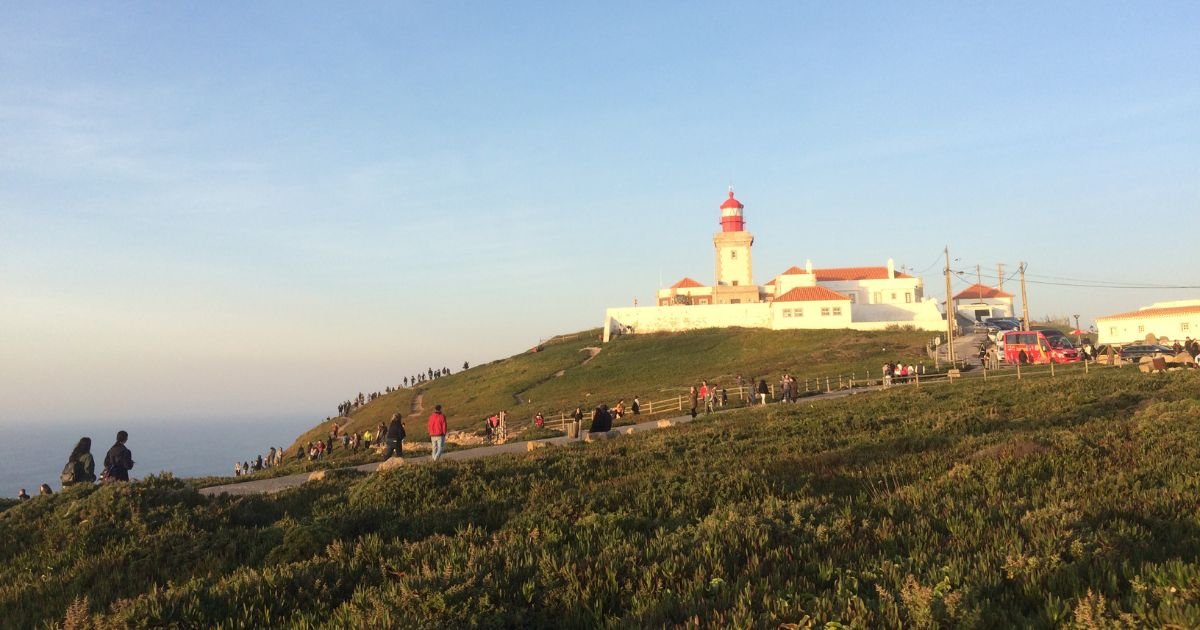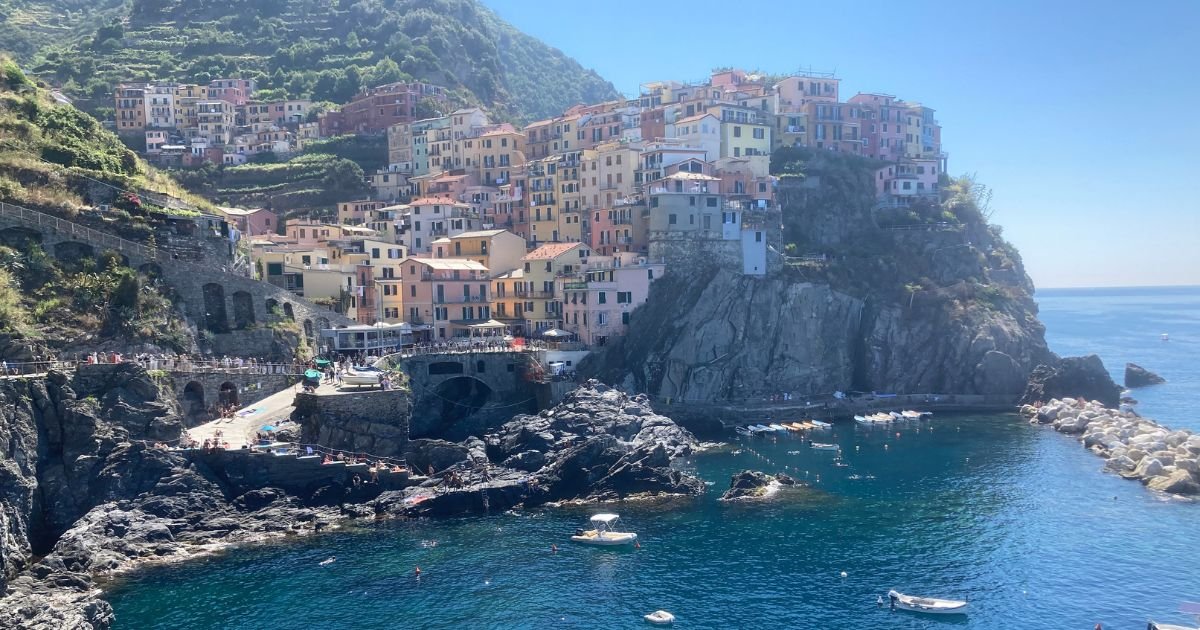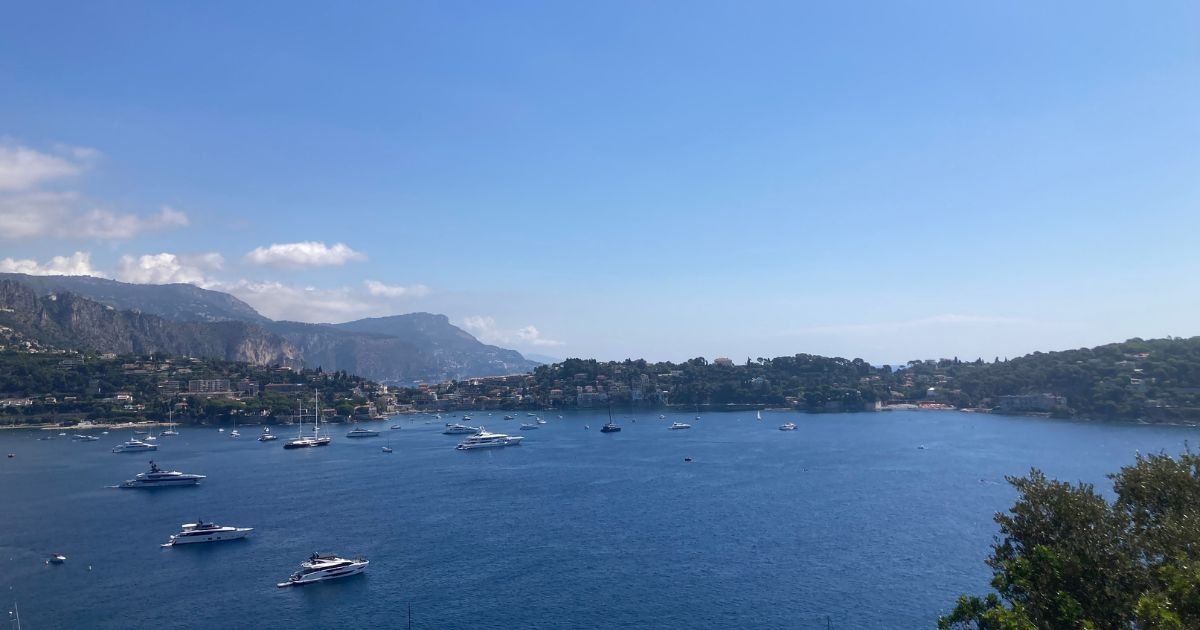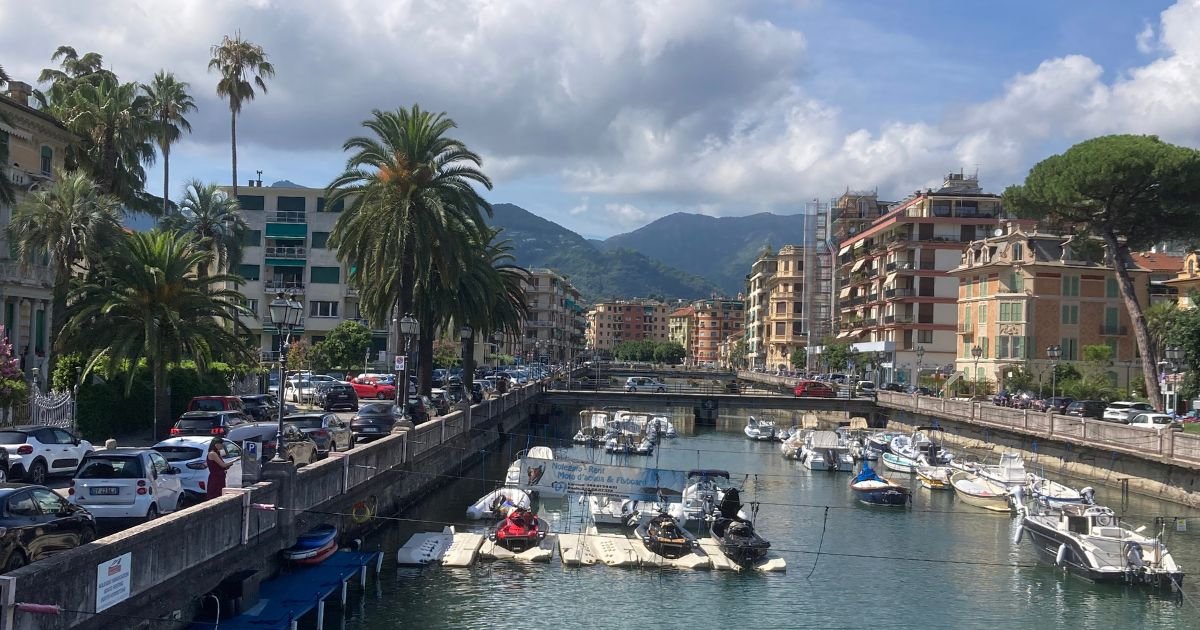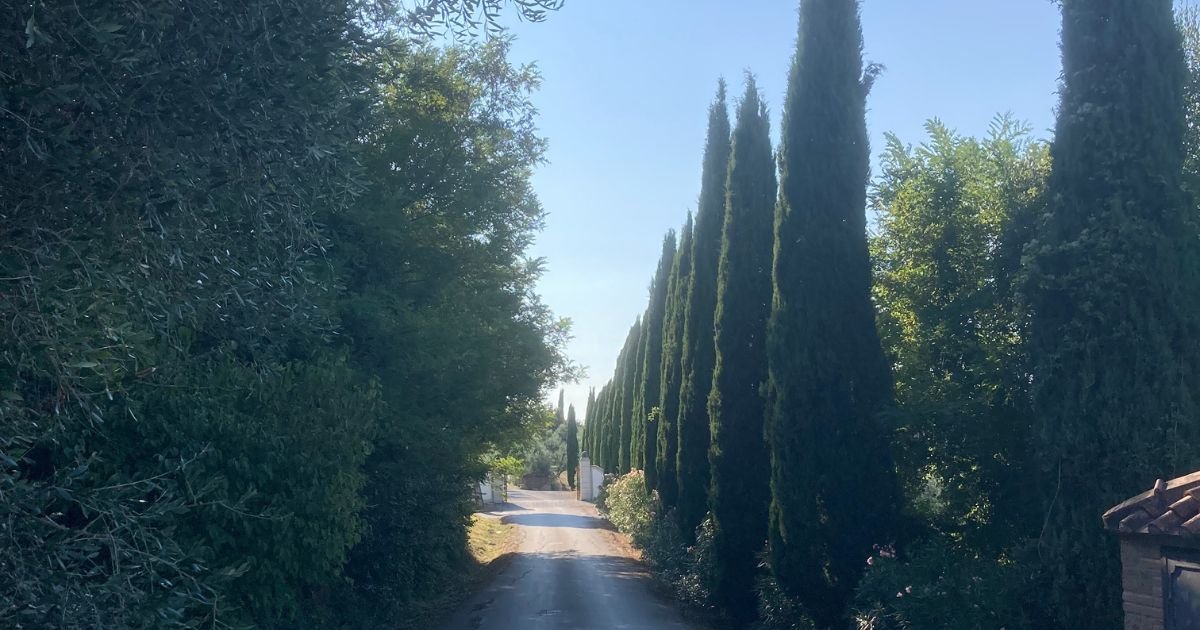Date of travel: Feb 15, 2019
Sintra-Cascais Natural park is a very popular tourism area on Portuguese riviera and is situated on Portugal’s West Coast, about 25 Km from Lisbon.
Established in 1981 and covering approximately 145 Sq.km, the park is dominated by spectacular landscape of Sierra de Sintra mountain ranges which is covered in rich vegetation.
Major attractions within the park include, Peña Palace, Sintra National Palace, Castle of the Moors, Cabo da Roca, Praia Grande and many more.
Our Journey:
In February 2019, we embarked on a day trip from Lisbon to explore the park’s majestic attractions.
Sintra:
Our first stop was the charming town of Sintra, 30 km north-west of Lisbon. A UNESCO World Heritage Site, Sintra is renowned for its fairy tale like landscapes of lush forests, hilltop castles, historic palaces and beautiful gardens.
Discovering Sintra’s Gems:
Sintra National Palace:
Also known as Palace of Sintra and Town Palace, this medieval royal residence has a long history dating back to the 14th century.
The palace boasts of mixture of Gothic (pointed arches and ribbed vaults), Moorish (Islamic style tile work and arches) and Manueline (Portuguese style intricate stone carvings) style architecture.
One distinctive feature is the palace’s chimneys with its unique design and shapes. The palace garden offers a peaceful retreat, with walking paths and scenic views.
Peña Palace:
Next and major attraction was elegant Peña Palace, perched atop a hill, built in the 19th century by King Ferdinand ll. This UNESCO World Heritage site served as royal residence of Portuguese royal family and is one of the seven wonders of Portugal.
Also boasting unique blend of Gothic, Moorish and Manueline style architecture, the palace stands out with its unique vibrant colours and beautiful landscaped gardens.
Exquisite interior decoration of the castle features excellent tile work, frescoes and wood carvings. We also enjoyed panoramic views of the town below and Castle of the Moors, from the palace’s terraces.
Castle of the Moors:
Now in ruins, the Castle of the Moors, is a medieval castle with its origins dating back to the 9th century with significant modifications made in 19 th century.
The castle has Moorish architecture and medieval fortifications of walls, towers and battlements. The castle offers breath taking views of the surroundings as well as stunning Sunset view.
Cabo da Roca:
We drove down to our next destination, awe inspiring Cabo da Roca, a stunning cliff side location on Portugal’s Atlantic coast, marking the westernmost point of mainland Europe.
The view of the cliffs and ocean along with mountains and winding roads were just picturesque. Sweeping ocean views and dramatic cliffs inspired Portuguese poet Luis de Camoes describing this place as “where the land ends and the sea begins”.
Cabo da Roca lighthouse, located on the cliffs add to the dramatic and iconic look of the location. The imposing lighthouse with its tower finished in white tiles and red walkway stands out as one of the oldest in Portugal. It is 22 meters tall, situated at 165 meters above sea level and is operational since 1772.
This headland is a magical place to visit the sunset, with the golden glow of the setting Sun reflecting on the vast expanse of the Atlantic Ocean.
The cliff and headland also has chilly microclimate making it 10 C cooler than Lisbon and the place is blessed with very strong winds in summer or fogs and rains in winter.
Warning – Cliffs around the cape are steep and unstable, while strong winds are unpredictable. Tourists are warned not to venture beyond the fences.
At Cabo da Roca, there is one tourist information centre with toilet facility, one coffee house and one small souvenir shop for visitors.
The beaches along Atlantic Coast:
As one drives down, beautiful beaches along the Atlantic Coast await to hypnotise tourists with pristine cleanliness. In 800-meter distance Praia da Ursa and at 2 km distance towards north, Praia da Adraga are very popular beaches with tourists.
Guincho Beach:
Next we drove down towards Guincho beach, a very popular beach because of its wild and natural atmosphere and favourite spot for surfers due to its strong winds.
Cascais:
We were running late, so could not explore much of the charming coastal town of Cascais. Hurriedly we visited Cascais Marina, a popular spot for boating as well as sailing with a variety of restaurants and bars along it. We could enjoy Boca do Inferno, a scenic cliff side spot and visited beautiful beach Praia da Rainha.
Conclusion:
The trip was enchanting and very enjoyable because of great combination of natural beauty, history and culture of the region. The stunning landscapes, scenic views and historic landmarks made for an unforgettable experience.
Best Time to Visit:
- Spring and Autumn – For mild weather, fewer crowds and beautiful blooming flowers,
- Summer – Ideal for beach sports, peak season.
- Winter – Fewer crowds, serene atmosphere.
Local Cuisine:
Delicious fresh fish and seafood preparations are attractions here. Traditional dishes like Bacalhau a Bras (with shredded cod and potatoes), Caldo Verde (a hearty soup with potatoes, kale and sausages and Duck with Rice are very popular.
Port Wine has to be mentioned as this rich, sweet traditional drink is produced originally here in Douro Valley.
How to Reach:
- Best way to explore is by rented car or by joining a group tour.
- Local bus services are available till Sintra and cascais.
- Train stations are also at Sintra and Cascais connecting Lisbon and other nearby cities.
- Taxi and Uber give good services at Portugal.

